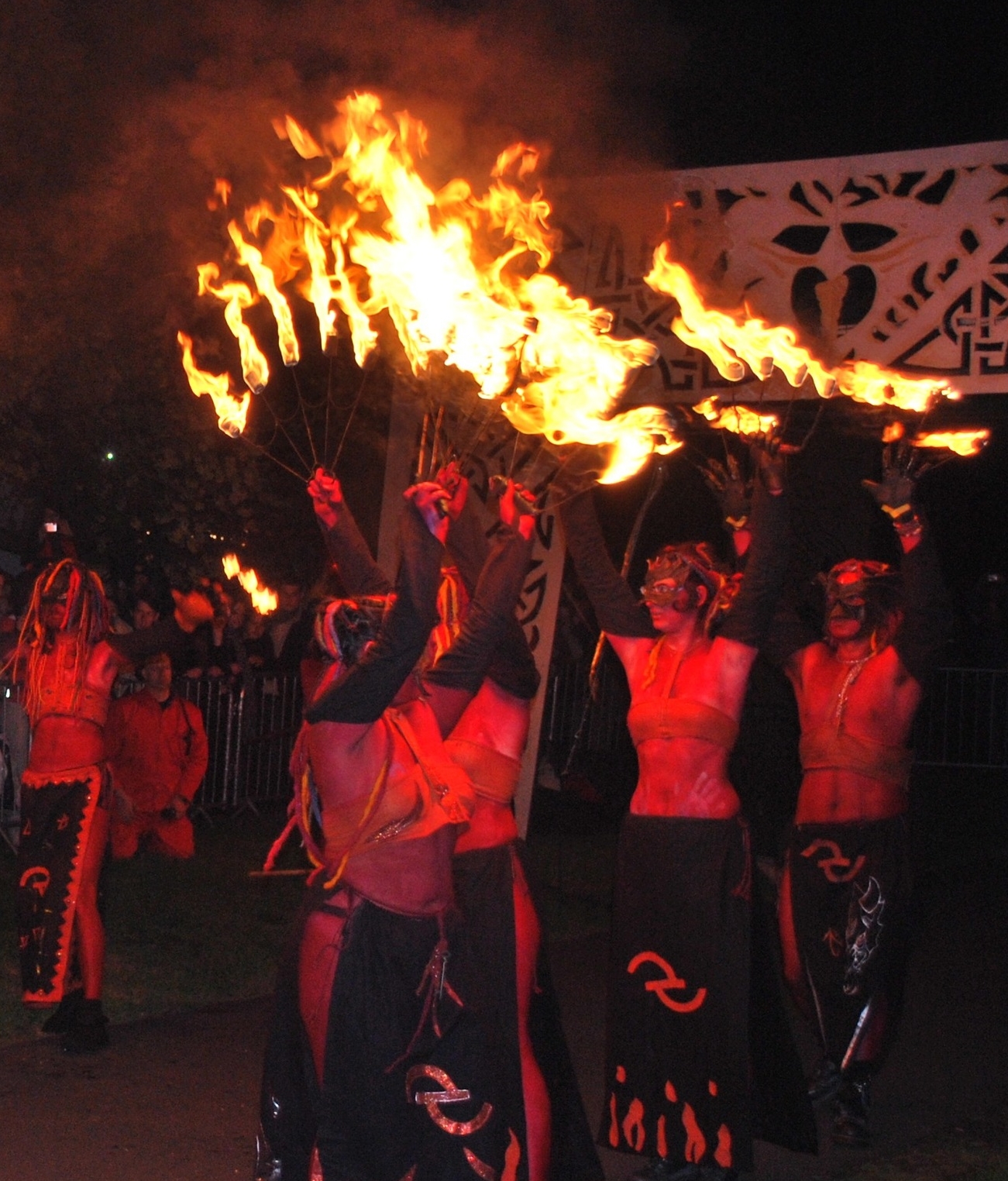Books for attuning to the rhythms and magical energies of the moon
/If you have always wanted to be more in touch with nature or attuned to natural cycles, the new moon is the time to take a step toward it. For me the first step on a new path is often reading books. It isn't just a passive, relatively easy step without a lot of commitment. I follow through on what I read.
Several years ago, I started reading about moon phases, signs and cycles on a new moon. Now I've come through most of a year, focusing my daily spiritual practice and much of my household activities on attuning to the moon's cycles. The result isn't some sort of higher plane of existence, but rather a comfortable routine that feels grounded, healthy and now so utterly natural that I am surprised to realize that it has only been a year.
Here are some books I recommend for learning why and how to synchronize yourself to the moon and use the energies of the moon for well-being.
Moon Magic
This is a complete guide for those just beginning on this quest.
A new title from Moon Books, Moon Magic is a modern witch's exploration of everything moon related. It's nominally multicultural, providing the names and symbols of deities from around the world, but the rituals and visualizations all have a modern, Wiccan-inspired atmosphere. All the deities hug you, for instance.
Still this is a good introductory reference, including helpful lists of monthly moon names, rituals and visualizations for each moon phase and the Celtic tree calendar. One of the less common and most helpful things in this book are correspondences of positive and negative symbols, herbs, colors and incense for each astrological moon sign.
The book is well-written and concise. There isn't a lot of fluff or talking you into reading further. Moon Magic is a good reference for beginners with the caveat that there is a bias toward modern, European witchcraft and the multicultural aspect is token.
Llewellyn's Moon Sign Book
I have searched for just the right moon calendar in the English language for years, and haven’t found it. Llewellyn’s is the best I can come up with. That’s primarily because I’m looking for both moon magic, astrology and a practical gardener’s almanac that is in tune with the moon as well. I would particularly like a Pagan-oriented moon calendar with references to a wide variety of deities, beyond Middle Eastern and European.
Yeah, I am a tough customer. I am also less interested in random women’s poetry, affirmations and artwork, which adorn so many moon calendars.
Llewellyn’s Moon Sign Book has a lot to offer though. The weekly calendar section provides the dates and times of moon transits through astrological signs and phases in a less than ideal format but it can be made to work, extremely brief gardening pointers, a short quote, a practical simple living tip, a tiny black and white picture and three or four lines for notes.
There follows a good, universal gardening-by-the-moon section, which explains the basic principles but doesn’t include specific daily gardening tips. There is an extensive planting table showing which sign and phase to plant a wide variety of vegetables, fruits and herbs as well as a separate companion planting table.
Both are quite helpful, though I find calendars which simply give specific days in the right part of the year for planting the various types of plants require less astrological study to decode. For instance, the book also includes a Moon Void-of-Course table which shows days when planting is not advisable, despite the sign and phase. So planting by the moon with this book requires reference to several different tables and pages for each calculation of a day or time to plant a specific species.
That said the book does include a nice table that lists specific dates in each month for a wide variety of activities from weaning children to laying wooden floors. If you’re able to plan activities in advance this is a wonderful addition. Monthly moon tables (including the daily sign, element, nature and phase) and aspectarian charts are included, which allow for more detailed calculations. There are special tables for egg setting, hunting/fishing and pest/weed eradication dates.
Less helpfully, major portions of the book are devoted to US weather forecasts over large “zones” by moon phase and these, in my observations, bore less than usual correlation to reality. This could be due to climate change and not the publisher’s fault, though climate change was not mentioned or discussed and probably should have been.
Another large section is devoted to a pan-sector business forecast that is both too broad to be effective and to focused on random details that did not in the end prove portentous this year at least. There is an energetic and relationship forecast that includes references to specific signs and this was moderately helpful or at least entertaining to read.
Each year the book includes several essays in the back on interesting moon-related topics ranging from healing, the moon phase divisions of various cultures and specific agricultural techniques. These were interesting and decently well written.
Herbs of the Sun, Moon and Planets
Herbs of the Sun, Moon and Planets provides a list of herbs specifically for attuning to the moon. More than that, it provides a detailed discussion of plants and herbs for the planets as well.
This tightly packed book takes the reader beyond lists of herbs. It includes the chemical make-up, medicinal and magical uses as well as the history of a set of herbs for the sun, moon and five additional planets.
This book, though best used as a technical reference rather than read straight through, is helpful in determining which herbs and plants are suitable as offerings or incense when an astrological connection is needed.

























